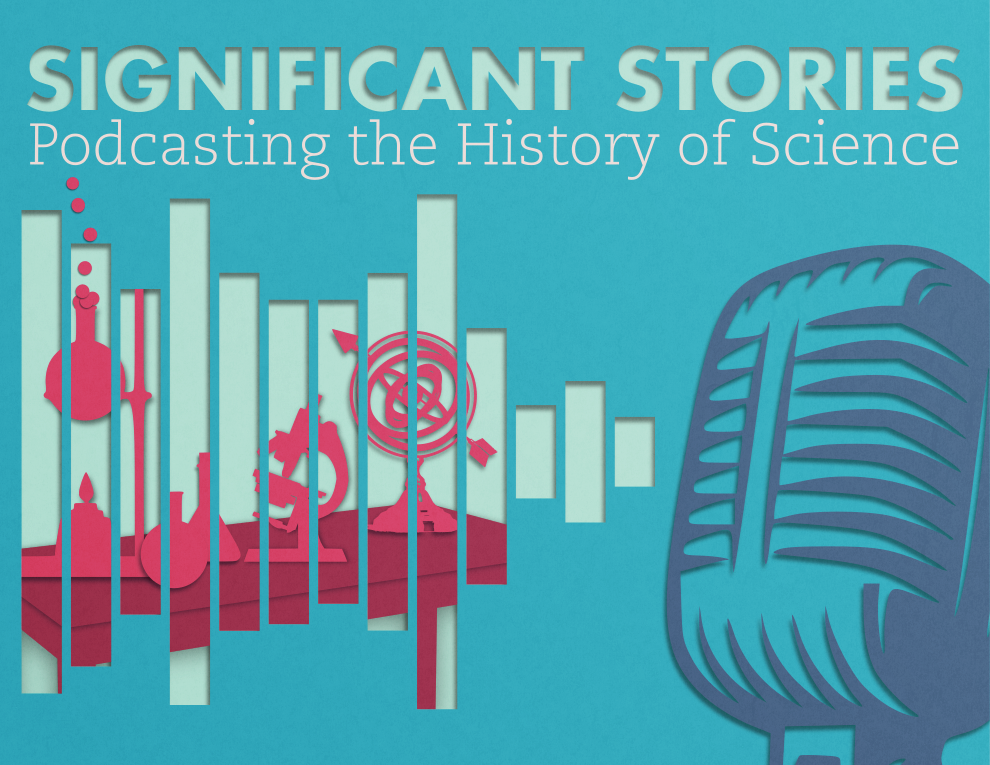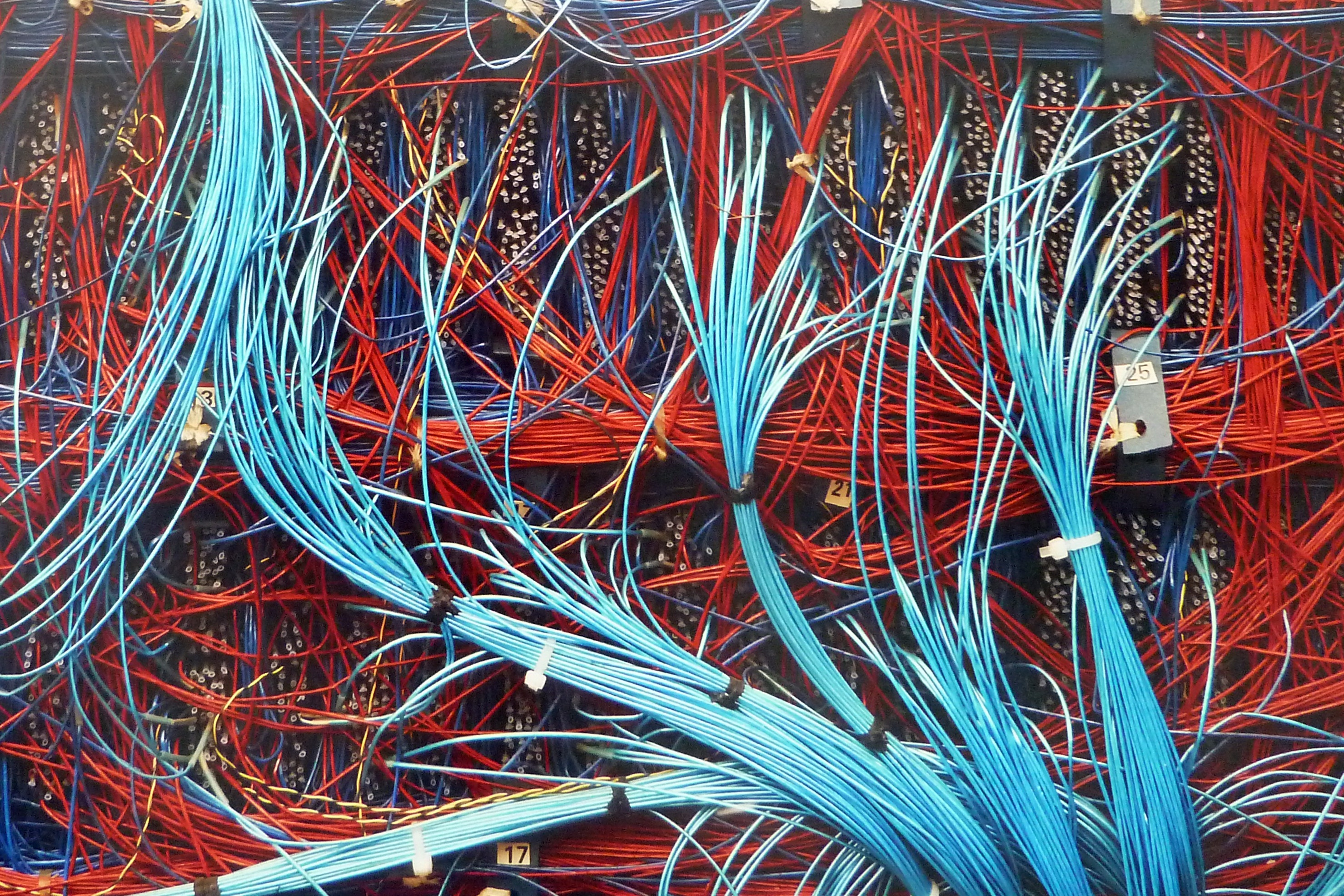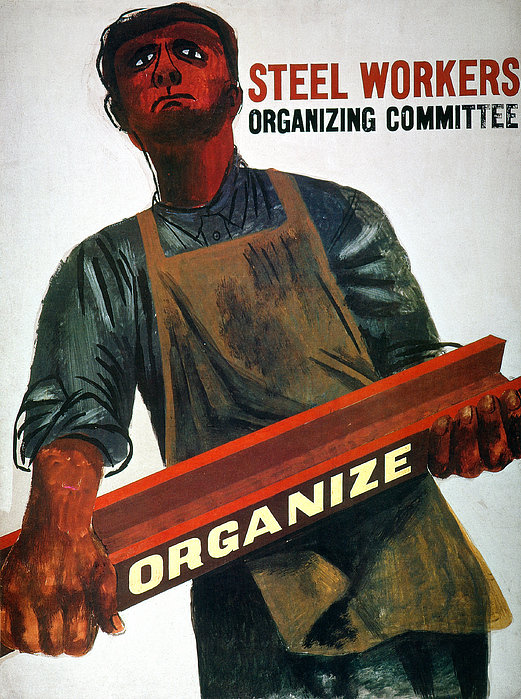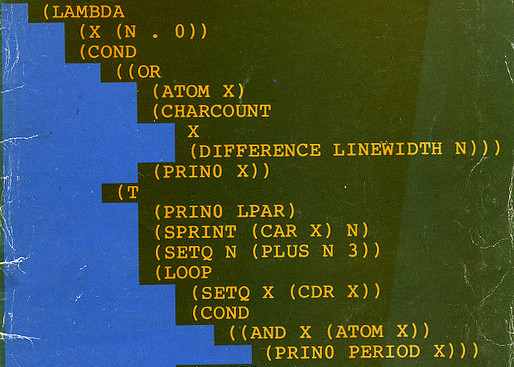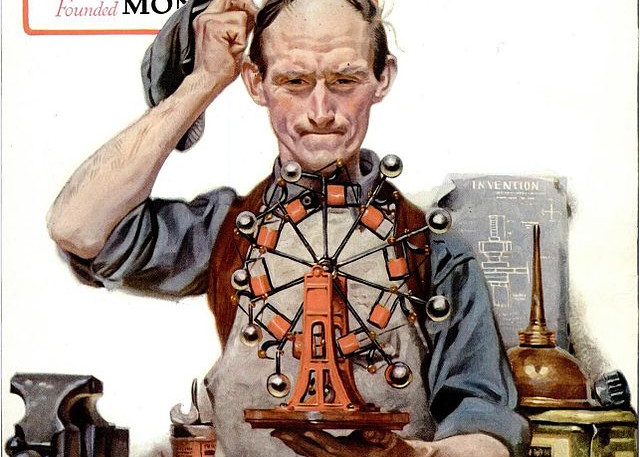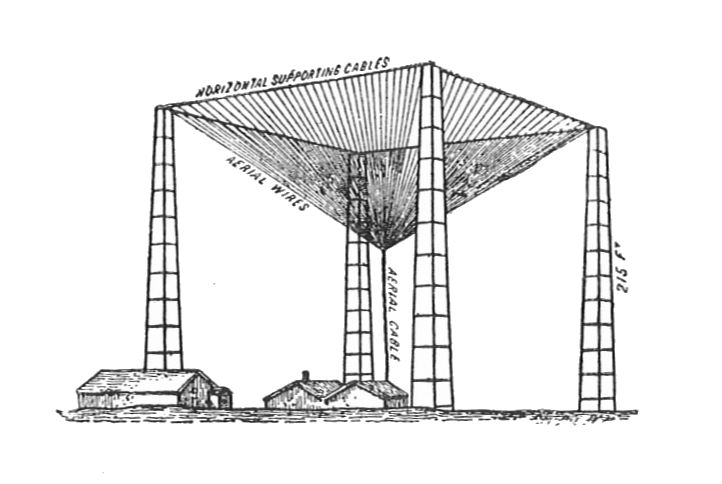Today’s internet is not the utopia that the technology-builders promised. With disinformation campaigns, hate groups, bullying, advertisements, and corporate and government surveillance, it’s hard to feel optimistic about life online. These problems are not incidental to today’s platforms– they grow out of structures and assumptions that are built into the foundations of these systems. This episode introduces a series of episodes about the history of the bundle of elements that make up the social web. By looking at the underlying political philosophies, struggles and comprises between competing visions, and paths not taken, we can better understand origin of the problems and imagine new kinds of solutions.
